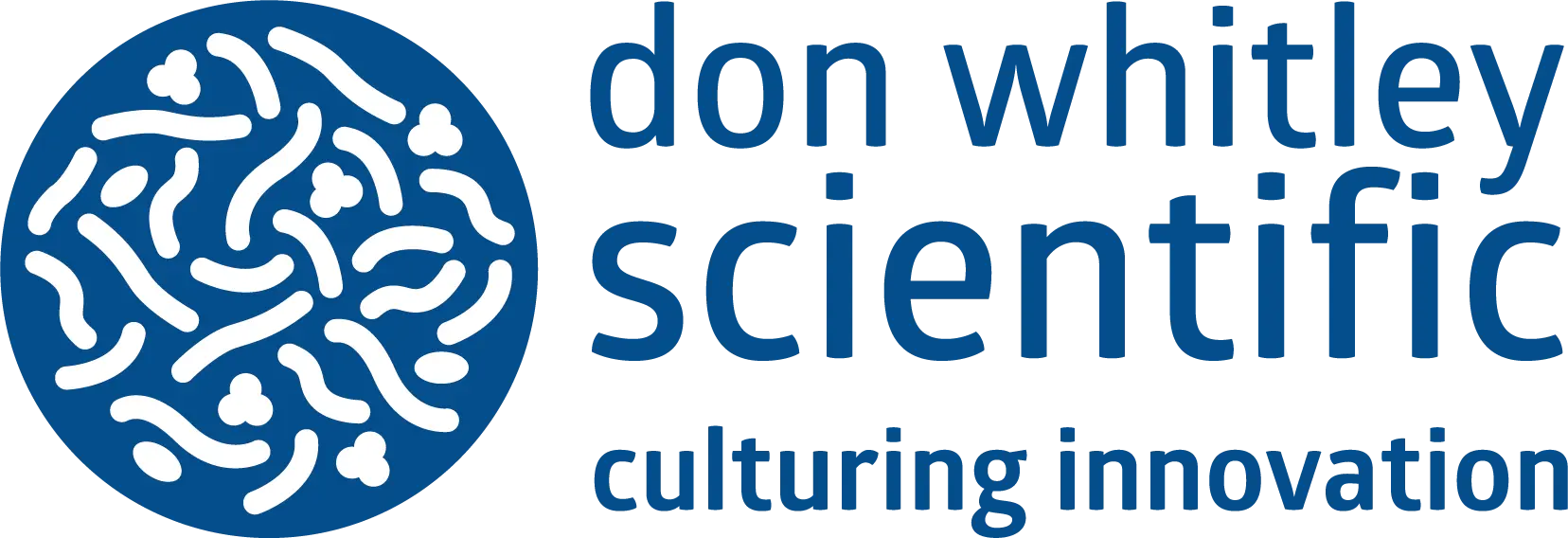
Six Rare Conditions
To acknowledge World Health Day we shine a spotlight on six rare diseases. As the designers and manufacturers of the Hypoxystation we thought this would be a great way to celebrate the day, as research into most of these conditions would require cell/tissue lines.
Adie Syndrome
|
|
Björnstad Syndrome
|
|
Maffuci Syndrome
|
|
Fascioliasis
|
|
Schindler Disease
|
|
|
|
Ogilvie Syndrome
|
|
|
Credit: NORD Rare Disease Database. https://rarediseases.org/
|
|
|
|
|
|
|


 au
au

 English
English